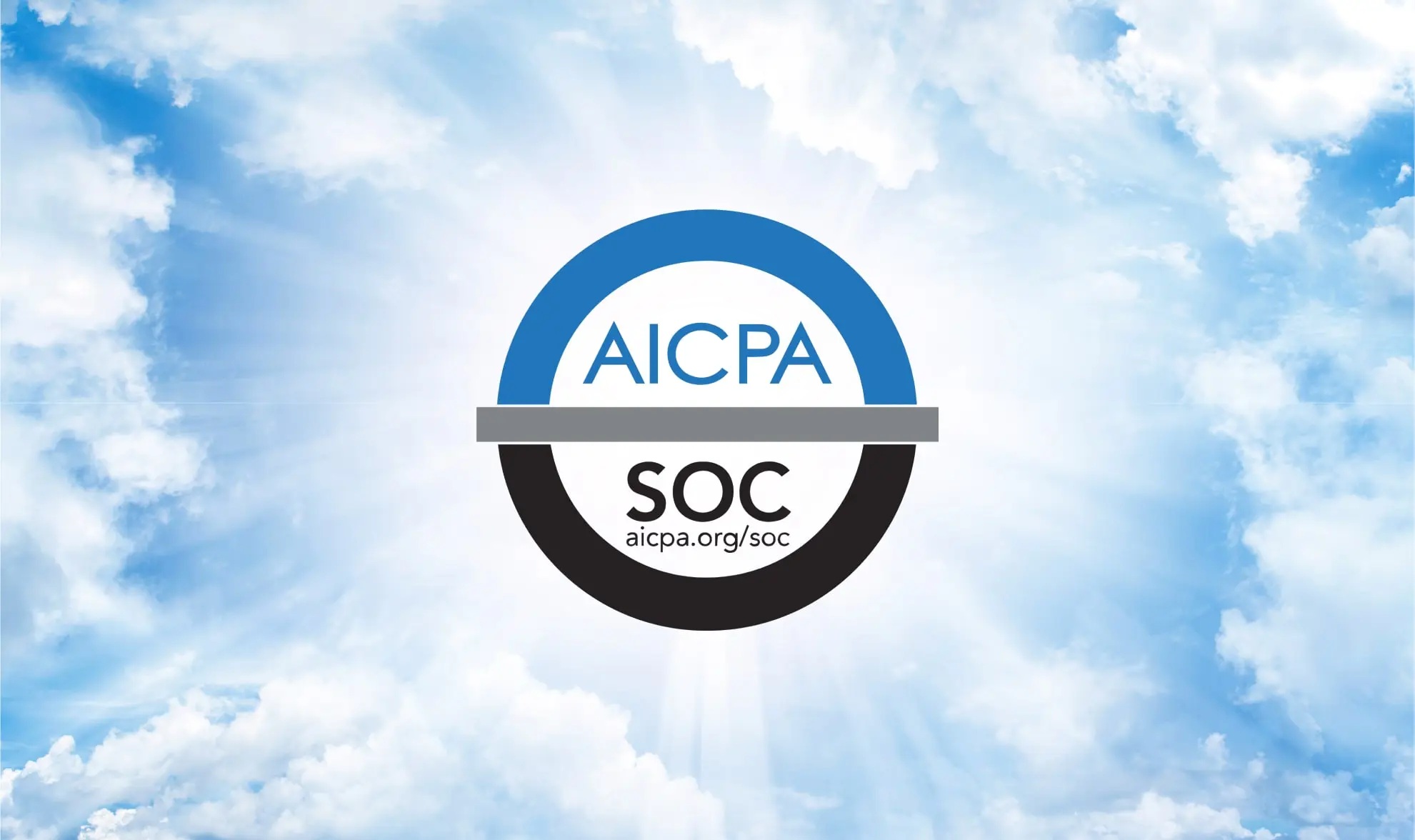
Auditing Standards Board Proposes New Fraud Standard: A Step Forward in Audit Quality
Category: Audit & Assurance | Fraud | Regulatory Updates
In a significant move to enhance audit quality and increase the effectiveness of fraud detection in financial statement audits, the AICPA’s Auditing Standards Board (ASB) has released for public comment a proposed Statement on Auditing Standards (SAS): The Auditor’s Responsibilities Relating to Fraud in an Audit of Financial Statements.
Unanimously approved in May, the proposal comes as part of the ASB’s continued commitment to strengthening audit standards and follows the recent issuance of ISA 240 (Revised) by the International Auditing and Assurance Standards Board (IAASB). The ASB is seeking stakeholder feedback through October 3, 2025.
“This exposure draft doesn’t alter the overall objectives of the auditor when fraud or suspected fraud is identified,” said Jennifer Burns, CPA, AICPA’s Chief Auditor. “What it does is strengthen and clarify the auditor’s specific role in these circumstances.”
What’s Changing?
The proposed SAS is set to replace the current AU-C Section 240, which governs the auditor's role in identifying and addressing fraud in a financial statement audit. This update will also amend numerous existing SASs that reference fraud, aligning them with a more modern and risk-sensitive approach.
Key enhancements include:
- Clearer expectations on how auditors should respond to fraud or suspected fraud during an engagement.
- Greater emphasis on professional skepticism, especially in the planning and execution phases of audits.
- Enhanced risk assessment procedures specifically designed to evaluate the risk of material misstatement due to fraud.
Improved alignment with international audit standards, supporting consistency and comparability in global audits.
Why Now?
As corporate financial ecosystems grow more complex, so too do fraud risks. From cyber-enabled embezzlement schemes to financial statement manipulation, auditors face evolving challenges in identifying and responding to red flags.
The ASB’s Fraud Task Force, which spearheaded the proposal, identified several areas in the current guidance where improvements were needed. The result is a more proactive and rigorous standard that supports better fraud detection, improved communication with management and those charged with governance, and stronger public trust in audit outcomes.
What Does This Mean for Auditors?
If finalized, the new fraud standard will:
- Elevate auditor accountability when suspicions of fraud arise;
- Require better documentation and communication;
- Encourage deeper inquiry and corroboration of evidence;
- Support the adoption of new tools and techniques to detect fraud risk indicators.
Auditors, accounting firms, regulators, and other stakeholders are encouraged to review the exposure draft and submit comments before the October 3 deadline. Your insights will play a critical role in shaping the final version of the standard.
Final Thoughts
In an era where trust and transparency are more vital than ever, the ASB’s proposed fraud standard represents a decisive step toward reinforcing the audit profession’s role in fraud detection and prevention. By updating and clarifying the auditor's responsibilities, the new standard aims to better safeguard financial reporting and restore confidence in audited financial statements.
Stay Informed
For updates on the ASB proposal and other audit and assurance developments, subscribe to our newsletter or visit Risk Cognizance Newsroom.
Tags: AICPA, ASB, Fraud Standard, SAS, Audit Risk, Financial Statements

